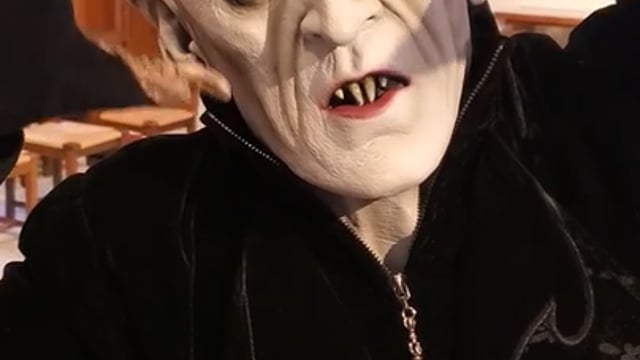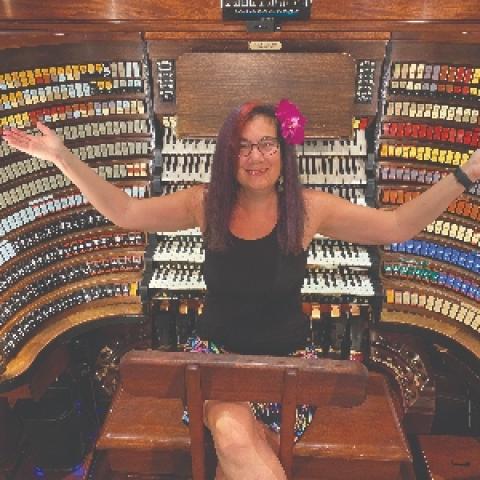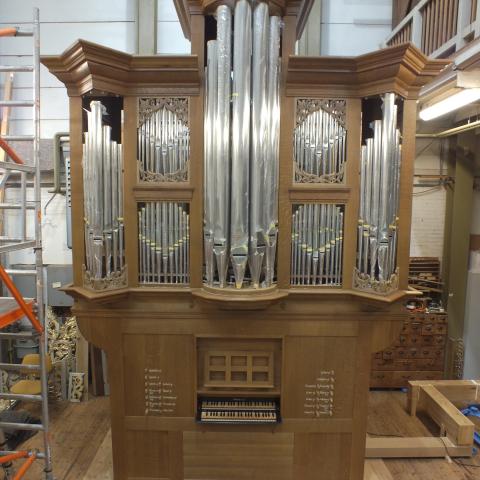Dororthy Papadakos accompanies the silent film, Phantom of the Opera. The event took place October 6, 2023, at St. John's Episcopal Church, Roanoke, Virginia.
See Robert McCormick’s interview with Dorothy Papadakos in the December 2023 issue of The Diapason.
Also view Dorothy Papadakos plays Nosferatu
Visit Dorothy's YouTube Channel.
Visit Dorothy's website.







